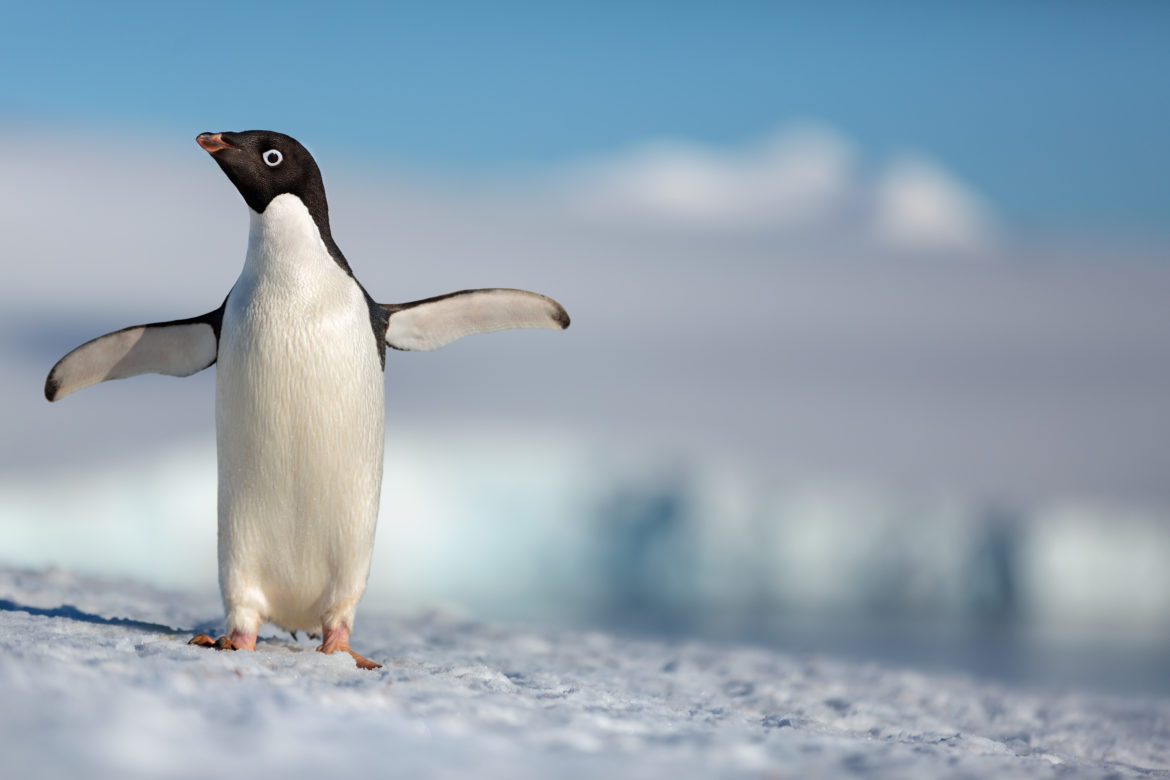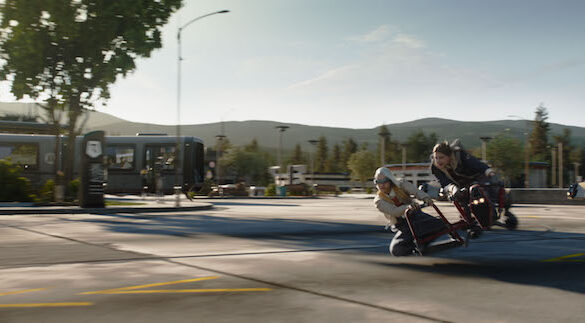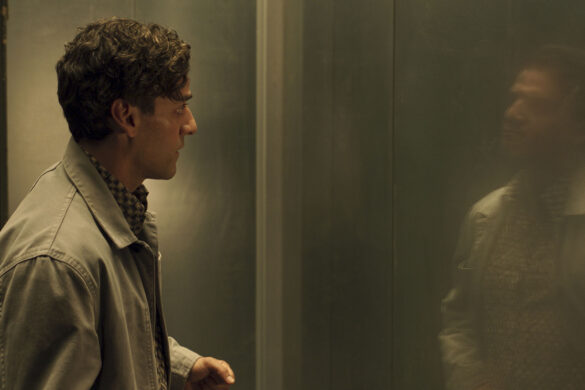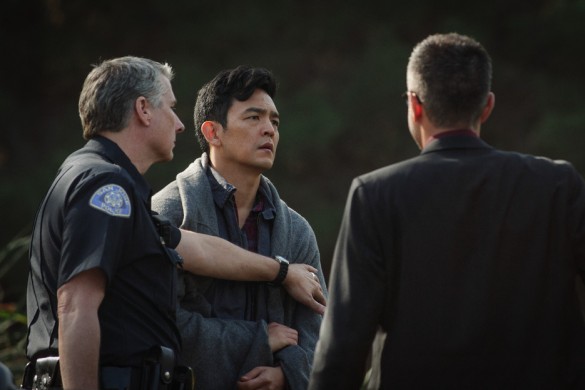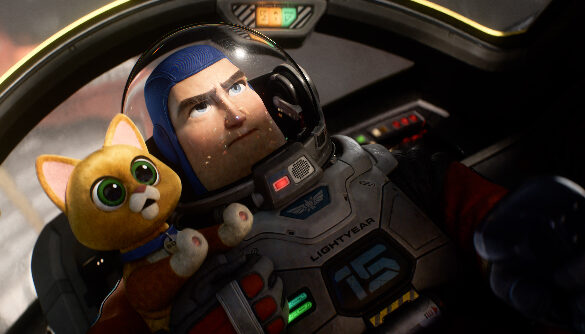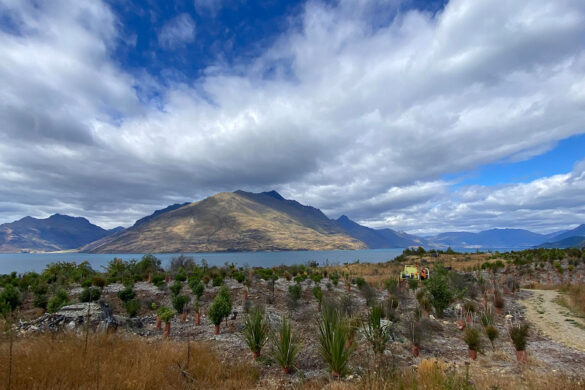Penguins producer Roy Conli spoke to a group of select journalists to talk about making of Disney’s latest “true-life adventure” in a completely new environment, the logistics, creating the story.
Filming Disneynature’s latest feature Penguins proved to be a daunting task in logistics as they had to bring in a ton of equipment to two separate bases, one on the America base in McMurdo Station, and the other on the French base. In addition, to the frigid weather, the filming crew had to sleep in tents where winds could reach up to 115 mph and last for days.
Then there’s the transportation of the materials, which also proved to be difficult because of the terrain. In order to film the moments that you see in Penguins, they would use icebreakers and sleds to tow the materials to the base.
But with the help of some great cinematographers, they helped capture the majestic stillness of Anartica and the beauty of penguins in their most natural and purest form. “When you are around them, they have no problem with you,” Conli said about filming Penguins. “The penguins were very curious with the cinematographers.”

They ultimately decided on using long telephoto lenses to shoot from a distance so as not to disturb their colonies or nesting areas. Conli said they did this because shooting in that area could prove detrimental to their environment.
“Strangely enough, they weren’t concerned or worried about our human presence,” Conli said. When compared to another Disneynature feature like Big Cats, cinematographers would have to stay 100 meters away.
They found their Steve, the penguin of focus for Penguins, in Cape Crozier, which isn’t too far away from the McMurdo Station. Conli describes it as one of the windiest places on the planet, but because penguins nest in one area and they come back to that one place, cinematographers were always able to find Steve and film him.
“One of the wonderful things I love about Ed Helms doing the narration is that Ed is a kind of everyman and I think that Steve is the every Penguin,” Conli said.
Penguins are able to survive partly because of the fat that covers their skeletal structure. This proves to be essential to their survival as they are able to weather storms. But when compared to a human, it could prove to be dangerous. When one storm came through, a normal hike proved to be very treacherous and took three hours longer than average. Conli said that if the team had spent 10 more minutes out there, it could have proved fatal. However, the same cannot be said for the Penguins, whose fat gives them the resiliency to survive such harsh conditions.
Directors Alastair Fothergill and Jeff Wilson went into the filming with the idea that they would capture what it was like for first-time dads to have a baby penguin. “We thought it was great that the dads share the responsibility,” Conli said. “It’s a 50/50 deal in the relationship.”
“It isn’t until we are out in the field and we get the first rushes in that we start looking at it,” Conli said about their approach to crafting the film’s narrative. “Cinematographers are out there and they journal everything they see out there. So they are journaling the behavior, and because they are following one so closely, the behavior became very specific to what his arc was. And then it’s weird because the next season may alter your story.”
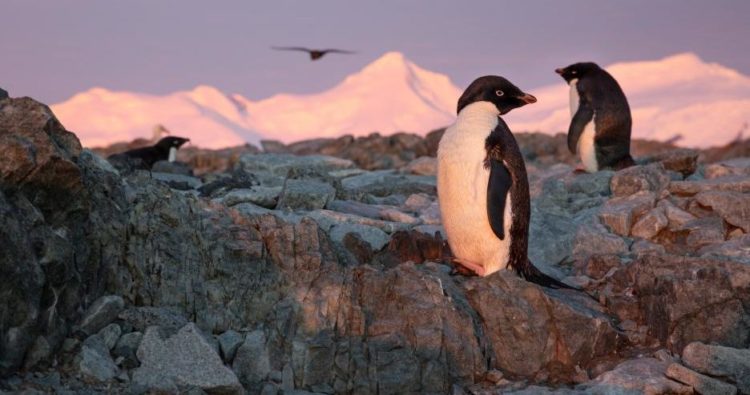
Penguins was also able to capture a new survival technique. Conli says they were able to film these penguins playing dead when leopard seals, their natural predators, are approaching. Additionally, no one has ever filmed a penguin eating. So cinematographers attempted to film those moments by following penguins down into 120 feet of water but were unsuccessful. “A penguin can hold its breath for over six minutes,” Conli said. “They couldn’t follow him deep enough to where he was going. We don’t know how much they are eating and what rate they consume the fish, but we do know how they are feeding their young ones.
Of the 18 different species of penguins that currently exist on Earth, only two, the Adélie and the Emperor penguin live in Anartica. The Emperor Penguin is perhaps the most popular and common to be the subject of documentaries, but in the case of the Disneynature’s True Life Adventure, they chose to focus on the Adelie penguin.
And what made Steve the center of that focus was his mischievous side, which included stealing pebbles. “There was something about him that was so incredibly – I mean you can see his reasoning,” Conli said. “He was absolutely fascinating as a character, and following him, you can literally see how he was trying to figure things out as he went along.”
Unlike most traditional documentaries, Disneynature’s True Life Adventure films allows filmmakers to craft a narrative while also observing the subject in its most natural state. So it’s a part documentary part narrative storytelling. In the case of Penguins, we get to have a little fun by seeing Steve develop as a character.
And another part of that fun is how they interject pop chart hits into the film. Audiences will be able to hear songs from White Snake. “I never thought I would choke up at a White Snake song,” Conli said. “Jeff was, I think, the most instrumental in terms of picking those songs. He picked those songs. One of the things we thought about when we were talking about Steve is that he is kind of like a millennial dad, and he is a millennial dad. He has a three-year old, a five-year old, and a seven-year old. He says this is the music that his boys listen to in the back of the car. So we thought the best way to make Steve relatable was to kind of get in that beat.”
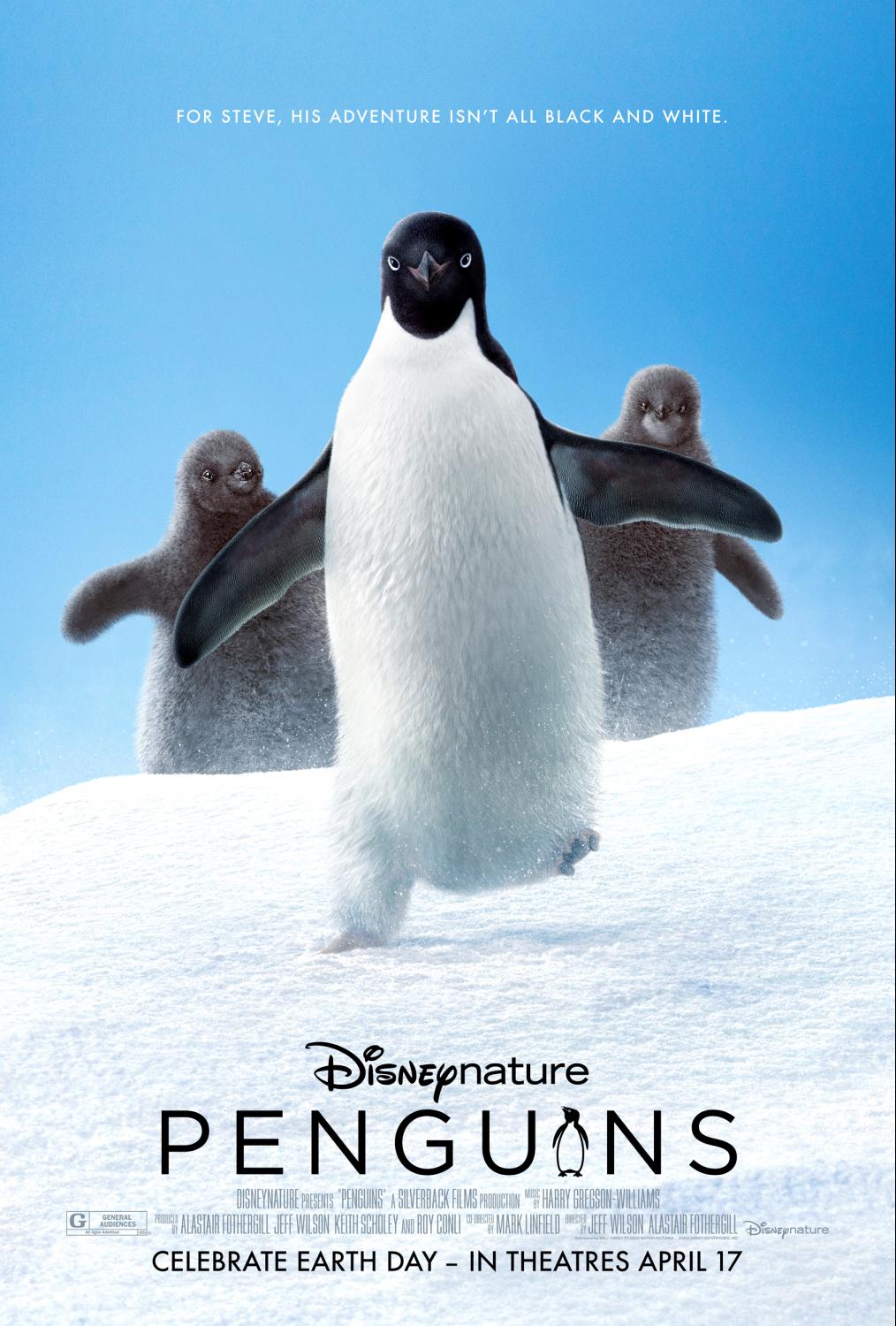
Penguins open in theaters on April 17, 2019.

